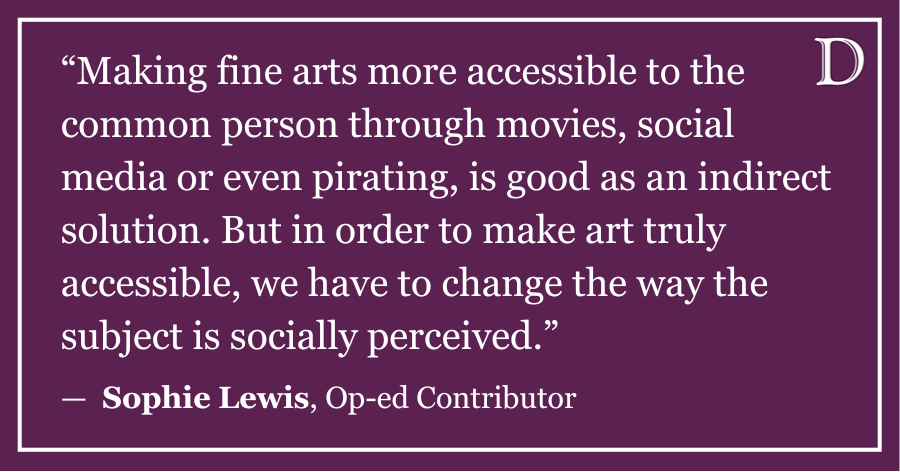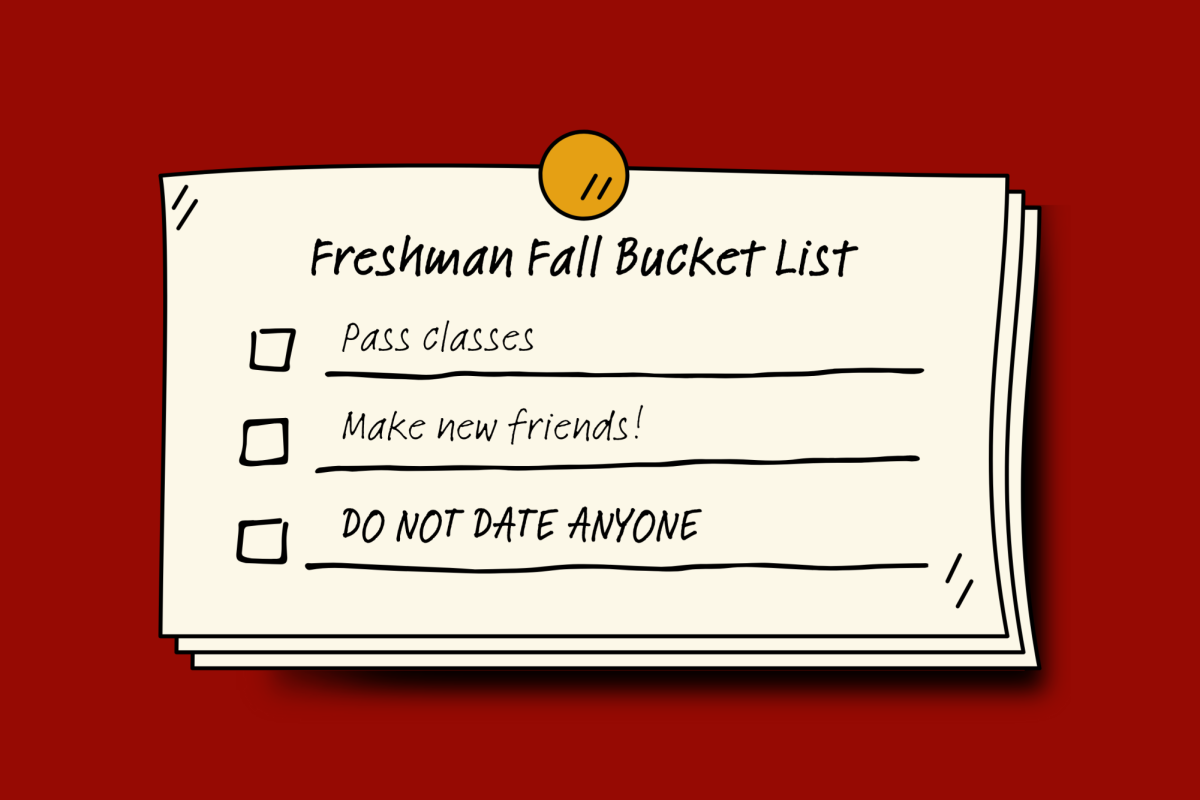I went to the NATO protests this week with mixed feelings. I have problems with NATO, but part of me suspects that a lot of protests these days have about the same impact as throwing eggs at the side of a building. I decided to go anyway. My friend Salek is more of an activist than I am, and his enthusiasm was convincing. When we got to the rally in Grant Park, however, I was disappointed. One speaker after another raged about NATO or “the 1 percent” and made demands for changes, but said little about how to actually get consideration for those demands within the system. Each speech was so short that there didn’t seem to be as much room for facts and convincing as there was for angry slogans. I thought the language that the speakers used was unnecessarily divisive. I thought nobody on the fence about any of these issues would see this event and change his or her mind. The march itself had a more unifying feel. There were a wide variety of groups that marched together who had different concerns about the NATO summit. Some were from the Chicago community and were against the healthcare cuts required to fund the summit. Others were upset over different military measures taken abroad. I held onto the edge of a huge Palestinian flag with my friends. Beside us BAYAN USA, a group of Filipino American activists, chanted catchily, and other groups picked up their chants. The police walked along both sides of the march in tight rows. All of them had guns and batons. Their weapons looked threatening, but the cops did not. One police officer kept getting distracted watching the protesters, and the cop in front of him had to keep tugging his arm to get him to catch up. People came out onto the sidewalks to take pictures of the protest, and many of them were encouraging. But then there was the “Black Bloc,” a group of anarchists wearing different kinds of masks over their faces. Some wore hats pulled over their heads with eyeholes. Others wore the Guy Fawkes masks popularized by the movie “V for Vendetta.” They gave the other protesters mysterious warnings, saying that we probably shouldn’t walk too close to them. At the end of the protest they tried to break through the prearranged endpoint at Michigan and Cermak, and ended up getting into a violent but not deadly fight with the police. As we took the Red Line back from the protest, I continued to have mixed feelings about it. I thought that the rally especially had been too disorganized and too angry. I thought that Salek was making fun of me when he said that a protest wasn’t the same thing as an academic forum (He later told me that he wasn’t). A rally isn’t meant to convince people of anything, he said, but to get people who were already convinced energized. He said that there wasn’t enough time during the rally for all those with important issues to completely clarify their positions subtlety. There had been forums and discussions earlier in the week for that. I then became nostalgic for a time that I had never lived in. I thought of protests from the ’60s and ’70s that I’d heard about. Protesters were convincing because they made their cases by showing their humanity rather than their anger. But this is a different kind of protest, Salek said. There was a wider variety of problems on the table. Part of the point was to just make people aware of the diversity of the issues and stake, and, yes, to give people a place to (peacefully) channel their anger. That’s how a movement can gain its momentum. I reflected on the mysterious process by which political dissidence transforms into political change. In the past, change has come about both peacefully and violently, through work within the system or work against it. And while I tend to idealize certain kinds of protest over others, some movements, like the Civil Rights movement, involved a combination of many tactics. But the harder reality is that in most cases, change doesn’t happen at all. That’s why I get concerned that protesters do more damage than good to themselves. But while I tend to get anxious over the ways that oversimplification and anger could kill a movement, I get the impression that Salek is concerned that without human emotion to sustain it, movement could also die. Hannah Green is a Weinberg senior. She can be reached at [email protected]
Green:What is the purpose of protesting?
May 20, 2012
More to Discover






